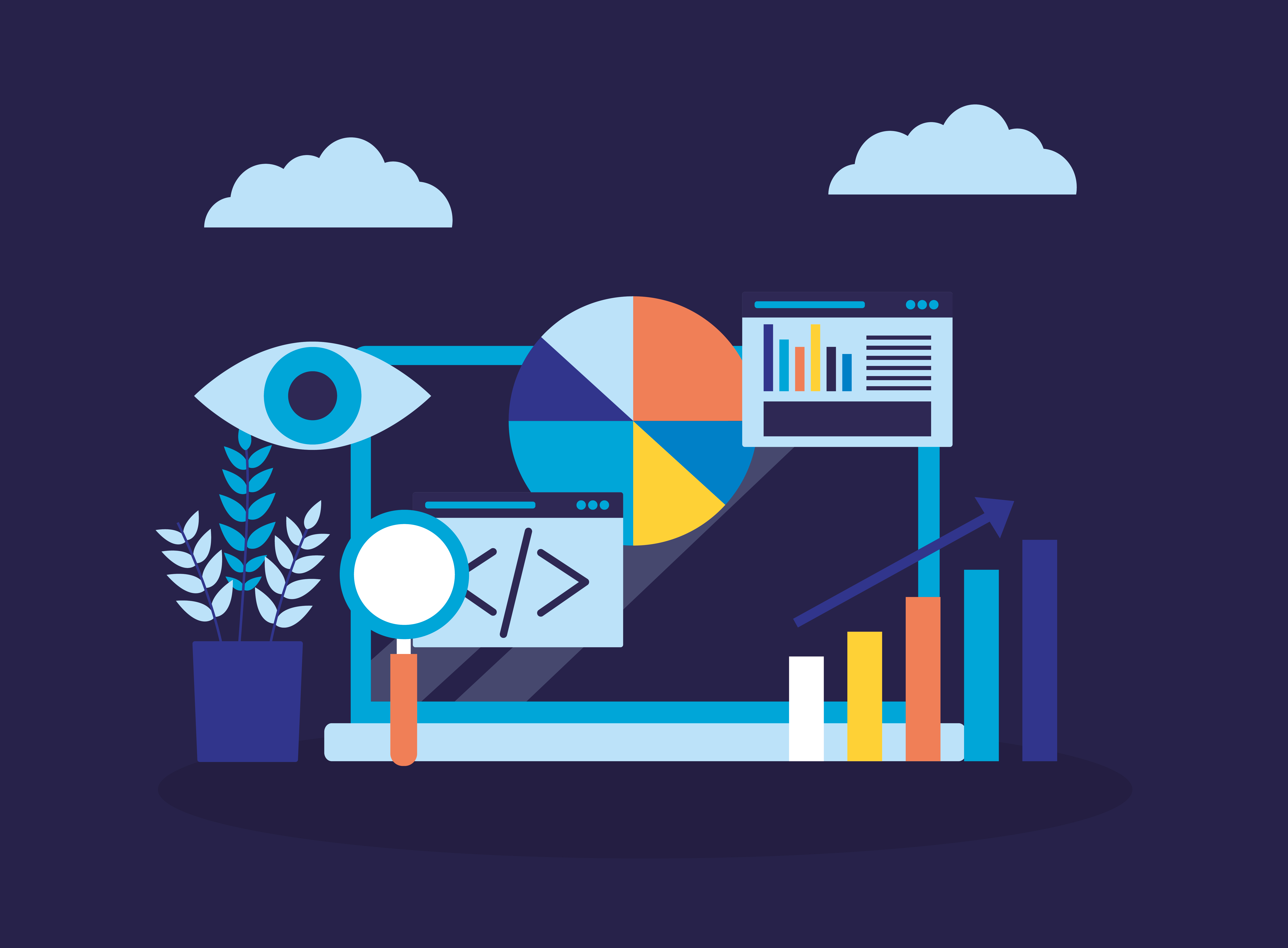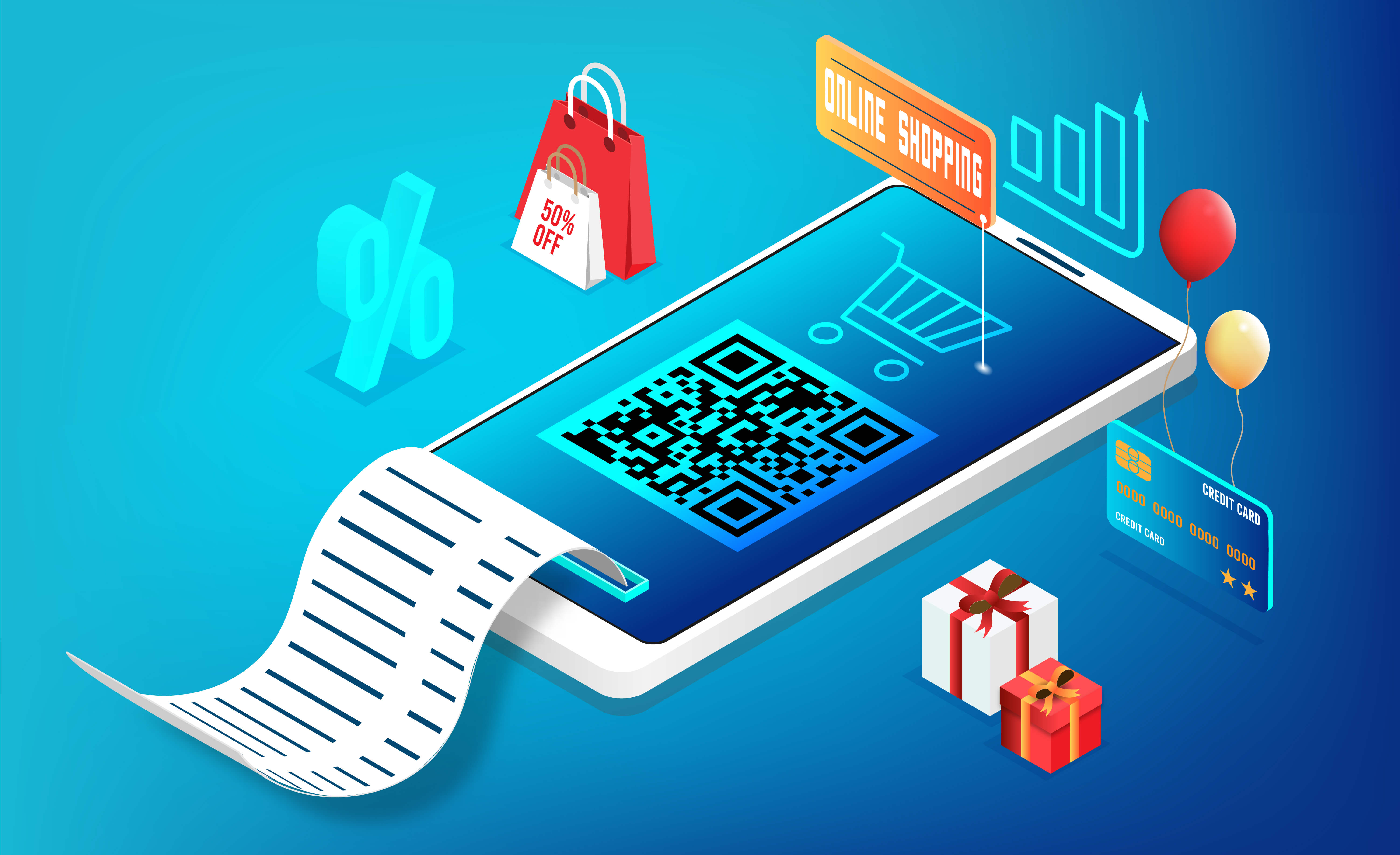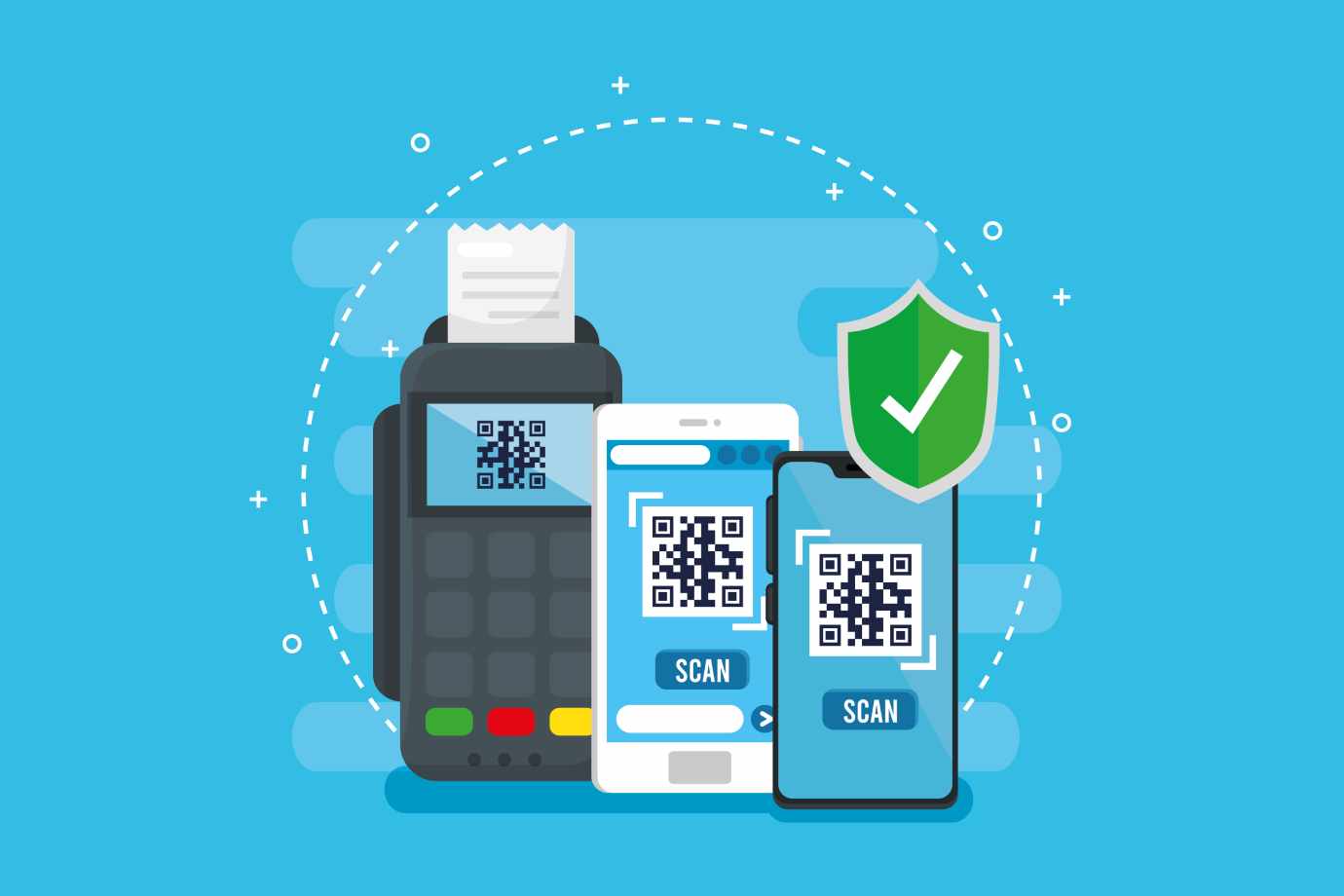In an age where digital communication is integral to our lives, Call Detail Records (CDRs) play a crucial role in uncovering the truth during investigations. Whether it’s law enforcement tracing criminal activity, fraud detection in financial institutions, or lawyers supporting their cases, CDR analysis can provide critical insights into communication patterns. However, managing and extracting actionable intelligence from these records can be complex and time-consuming. That’s where customized CDR analysis software comes in, revolutionizing how investigations are conducted.
What is a Call Detail Record (CDR)?
A Call Detail Record (CDR) is a digital log that captures metadata about a phone call or communication event. It typically includes:
- - Caller and Receiver Numbers (Originating and Terminating Numbers)
- - Call Duration
- - Time and Date of the Call
- - Cell Tower Locations (indicating approximate geographic locations)
- - Call Type (Voice, SMS, Data)
- - Network Information
While CDRs do not contain the content of conversations, they reveal essential patterns of communication that can aid investigations. When pieced together, they help identify relationships, timelines, and locations relevant to a case.
Why is CDR Analysis Important for Investigations?
CDR analysis provides a data-driven approach to uncovering connections and patterns in various types of investigations, including:
- Criminal Investigations: Law enforcement agencies use CDRs to track suspects, identify accomplices, and establish alibis or evidence of wrongdoing.
- Fraud Detection: Financial institutions analyze CDRs to detect unusual communication patterns linked to fraudulent activities like phishing or insider fraud.
- Legal Cases: Lawyers can leverage CDRs to support evidence in court cases, illustrating timelines, contacts, and geographic movements.
- Corporate Security: Companies use CDR analysis to investigate breaches, internal misconduct, or data leaks by analyzing employee communication patterns.
The accuracy and speed of analyzing these records can make or break the effectiveness of an investigation.
Challenges in Traditional CDR Analysis
Manual CDR analysis is fraught with challenges:
- - Volume of Data: Thousands of calls and messages can be overwhelming to process manually.
- - Complex Data Interpretation: Raw CDR data can be difficult to interpret without proper tools.
- - Time-Consuming: Manual analysis of massive datasets can delay investigations.
- - Human Error: The risk of missing critical patterns or misinterpreting data is high.
These challenges underscore the need for specialized tools to streamline the process.
How Customized CDR Analysis Software Enhances Investigations
Customized CDR analysis software addresses these challenges by offering tailored solutions designed to meet the specific needs of investigators, law enforcement, and security professionals. Here’s how customized software can enhance CDR analysis:
- - Automation and Speed: Customized software automates data import, filtering, and analysis processes, reducing the time needed to process large volumes of CDR data. What previously took days can now be accomplished in minutes.
- - Advanced Filtering and Search Capabilities: Investigators can quickly filter data by parameters such as date range, phone numbers, call duration, and location. This precision allows users to hone in on specific information relevant to their investigation.
- - Link Analysis and Visualization: One of the standout features of customized CDR software is the ability to visualize relationships through link analysis. It graphically represents connections between numbers, helping identify key players and patterns that aren’t immediately obvious in raw data.
- - Geospatial Analysis: CDR software often includes map-based visualization tools that plot call locations, enabling investigators to track movement and establish location-based evidence.
- - User-Friendly Interface: Designed with investigators in mind, customized software often provides intuitive interfaces that require minimal technical expertise, ensuring ease of use for non-technical users.
- - Data Integrity and Security: Desktop-based customized solutions ensure data remains secure, offering offline functionality and maintaining the confidentiality of sensitive investigations.
- - Custom Reporting: Generate detailed reports with insights, summaries, and visualizations tailored to the needs of each case, improving the clarity and effectiveness of evidence presentation.
Real-World Applications of Customized CDR Analysis Software
- Law Enforcement: Solving high-profile cases by identifying call patterns that link suspects to crime scenes.
- Corporate Investigations: Identifying data leaks or employee misconduct through communication analysis.
- Legal Evidence: Supporting court cases with detailed timelines and movement maps derived from CDR data.
8. Conclusion
In today’s fast-paced world of investigations, traditional methods of analyzing Call Detail Records are no longer sufficient. Customized CDR analysis software enhances accuracy, efficiency, and speed, making it an indispensable tool for law enforcement, legal professionals, fraud analysts, and corporate security teams. By leveraging the power of automation, visualization, and tailored features, investigators can uncover critical insights faster and more effectively than ever before.
For more information on how our Customized CDR Analysis Desktop Software can enhance your investigative capabilities, visit our product page.






